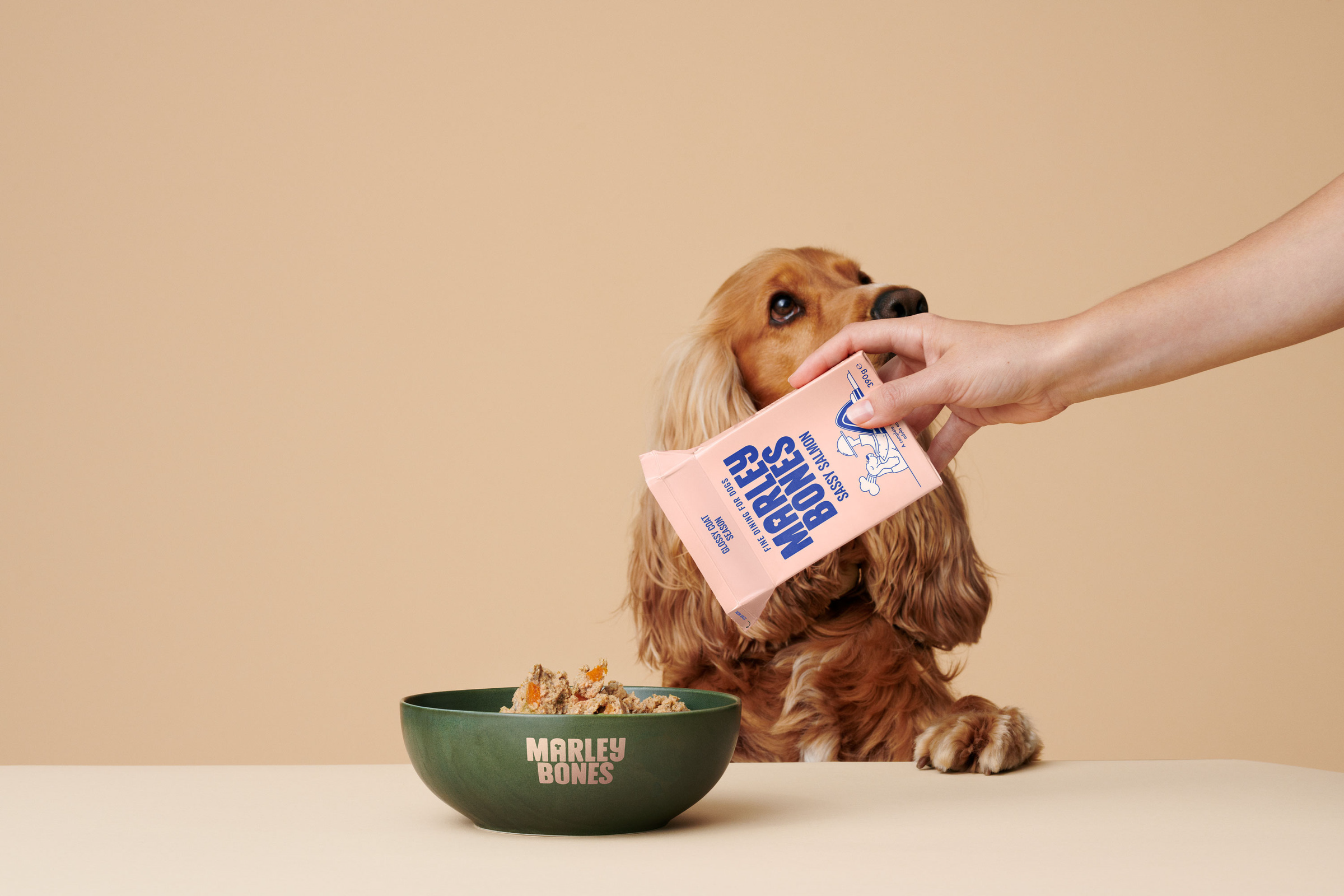10 Tips for Dog-Friendly Offices: Ensuring a Pawsitive Work Environment
Welcoming dogs into the workplace is more than a feel-good trend. It’s a reflection of how modern companies are prioritising employee wellbeing, flexibility and connection. As dogs become more integrated into our lives, it’s only natural that they’re finding a place in our professional spaces too.
But making an office genuinely dog-friendly isn’t as simple as saying, “Sure, bring them in.” It takes clear boundaries, thoughtful design, and a shared understanding across the team to make it work for everyone — especially those without pets.
Here’s how to do it properly.
First, Set the Ground Rules
A dog-friendly office doesn’t mean anything-goes. It means there’s a structure in place that supports both pet owners and those who’d rather not share a desk with a Labrador.
Start by defining where dogs are allowed and where they’re not. Open lounge areas might be fair game, but meeting rooms, kitchenettes or hot-desking zones are usually better kept pet-free. You’ll also need to think about where dogs can rest during the day, ideally in a quiet spot away from constant foot traffic.
Beyond the physical layout, it’s essential to have a written pet policy. This should outline the expectations for dog behaviour (no barking, no roaming, no aggression), basic health requirements (up-to-date vaccinations, regular flea treatments), and clearly place responsibility on the owner for any damage, disruption or hygiene concerns. The more specific you are, the easier it is to avoid grey areas later on.
Designing the Space with Dogs in Mind
If you’re inviting dogs into the office, the space needs to reflect that. That means choosing materials and furniture that can handle the wear and tear — nothing too delicate, nothing easily scratched, and nothing that traps fur. Upholstery should be easy to wipe down or machine-wash, and seating areas should strike a balance between comfort and practicality.
You’ll also need to plan for dog breaks. If your office has outdoor space, designate a clear relief area and equip it with the basics — bags, bins, and signage. If outdoor access isn’t possible, you’ll need an indoor alternative that’s cleanable and discreet. The goal is to make it easy for dog owners to stay on top of hygiene without disrupting the flow of the office.

Keeping it Safe and Comfortable For Everyone
Not everyone loves dogs, and some people can’t be around them at all. You need to be honest about this upfront.
Before rolling out any dog-friendly policy, speak to your team. A quick anonymous survey is usually enough to flag allergies, fears, or strong preferences. From there, you can identify dog-free zones or offer alternative desk spaces for those who’d rather not interact with animals during their workday.
Cleanliness is also key. Offices that welcome dogs need more regular vacuuming, especially carpets and soft furnishings, and communal areas should be sanitised multiple times a day. You may also want to introduce HEPA filters or air purifiers to keep dander levels down. The aim is a space that feels fresh and professional, even with a few paws under the desks.
Creating a Positive Culture Around Dogs
Dogs in the office should add to the culture — not complicate it. But that only happens when the environment supports responsible pet ownership.
Encourage staff to bring in dogs that are calm, socialised, and responsive to basic commands. Provide access to training resources or behaviour guides to help owners prepare their dogs for a workplace setting. If possible, consider offering occasional drop-ins with a dog trainer, especially during the early months of a new policy.
Most importantly, make it clear that bringing a dog in is a privilege, not a right. It has to work for the whole team. If it becomes disruptive, the policy needs the flexibility to change or be reviewed.

The Final Woof
Dog-friendly offices aren’t just about letting people bring their pets to work. They’re about creating spaces that acknowledge the full picture of modern working life — and doing it in a way that’s thoughtful, inclusive, and well-managed.
Set clear expectations. Design the space properly. Be honest about what works and what doesn’t. And keep communication open — with pet owners and everyone else too.
When it’s done right, a dog-friendly workplace feels more relaxed, more connected, and more human. And that’s good for everyone.

















